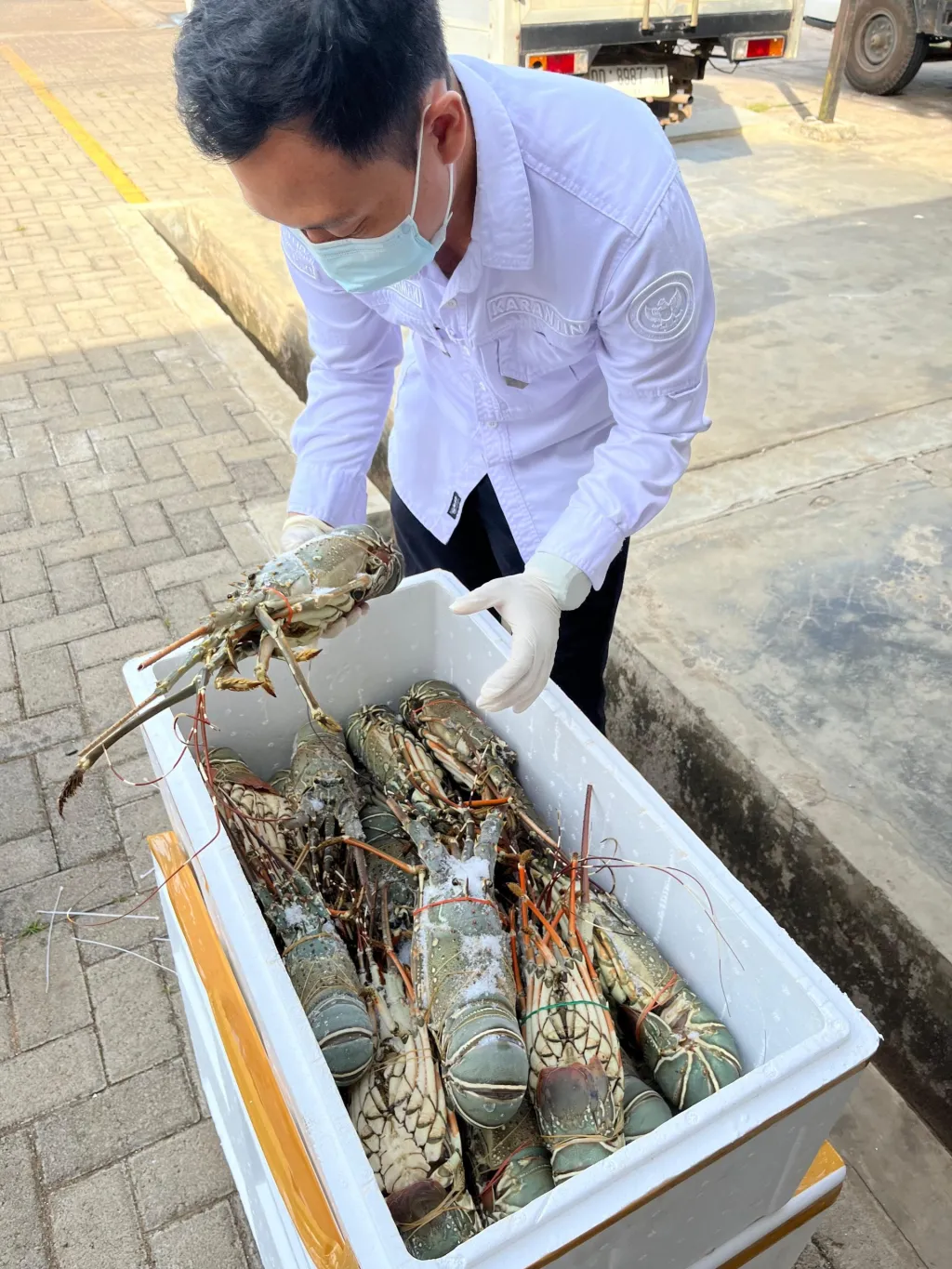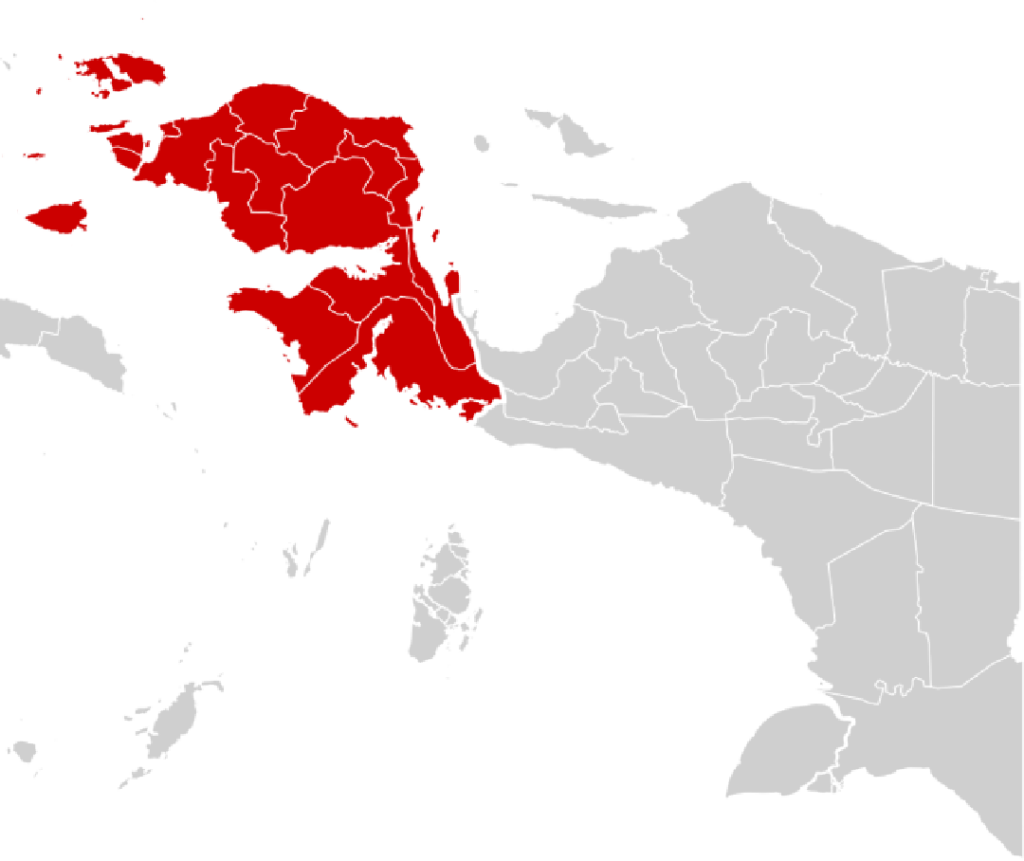When dawn breaks over the wide expanse of Merauke’s southern coast, the air carries a salty promise. Wooden boats glide quietly over turquoise waters, and fishermen pull their nets with the practiced rhythm of generations. Yet these days, their catch tells a new story—one that stretches far beyond the beaches of Papua’s remote frontier. Among the shrimp and reef fish now glimmer spiny lobsters, alive and restless, bound not for local markets but for the island of Bali—Indonesia’s capital of cuisine and luxury.
That moment, when a box of live lobsters from Merauke first boarded a plane to Denpasar earlier this year, might have seemed like a small step. But for Papua’s far-flung fishermen, it was a giant leap toward transforming a traditional livelihood into a premium, sustainable enterprise.
From Remote Shores to National Headlines
Merauke, located at Indonesia’s eastern edge bordering Papua New Guinea, has long been known for its vast coastal ecosystems—fertile mangroves, shallow coral reefs, and nutrient-rich estuaries. Yet for decades, its economic development lagged behind. Infrastructure challenges, limited access to markets, and the sheer geographic isolation often kept local commodities from reaching national buyers.
That began to change when the first 51 kilograms of live lobster were successfully exported to Bali’s seafood market on October 29, 2025. The news, first reported by Papua Selatan Pos and RRI Papua, captured national attention: for the first time, Merauke’s marine harvest was making its way to Indonesia’s most competitive culinary stage. The shipment marked the emergence of a new komoditas unggulan—a flagship commodity capable of boosting local incomes and diversifying Papua’s marine economy.
Officials and local cooperatives framed the export as more than just a trade milestone. It was symbolic of Papua’s potential to compete in premium seafood markets traditionally dominated by regions like Lombok or Sulawesi. The initiative showcased not only Merauke’s resource wealth but also its growing logistical capacity to handle high-value, perishable goods—a task once thought impossible from such a remote corner of the archipelago.
The Promise Beneath the Waves
Why lobsters? The answer lies in both economics and ecology. Indonesia’s coastal waters—stretching from Sabang to Merauke—are home to what experts estimate as 27 billion lobster eggs annually, according to the Ministry of Marine Affairs and Fisheries (KKP). This staggering figure underscores Indonesia’s position as one of the world’s richest natural habitats for spiny lobsters (Panulirus ornatus and Panulirus homarus).
For years, however, much of this potential went untapped. Lobster fishers sold small catches to middlemen or exported seed lobsters illegally, missing out on the greater economic value of cultivating, packaging, and shipping mature, live lobsters to premium markets. The KKP has since emphasized the importance of developing domestic cultivation and controlled exports to ensure sustainability while maximizing profit.
In this national context, Merauke represents both challenge and opportunity. Its pristine waters and limited industrial activity make it ideal for sustainable lobster fishing. Yet its remote location—nearly 4,000 kilometers from Jakarta—demands innovation in cold-chain transport, quality control, and local skill-building to compete with more established coastal economies.
The Journey from Sea to Table
Each lobster’s journey from the ocean floor of Papua to a dinner plate in Bali tells a story of coordination and determination. It begins with local fishermen who, guided by traditional knowledge and modern training, set traps along coral shelves during high tide. The lobsters are carefully removed, kept alive in oxygenated containers, and transported to holding facilities in Merauke.
From there, logistics teams take over. The crustaceans are sorted, tagged for size and quality, and packed in temperature-controlled boxes for air freight. Within hours, they arrive at Ngurah Rai Airport, Bali, where distributors rush them to seafood restaurants and luxury hotels. There, chefs handle them delicately—steaming or grilling them with butter, lime, and Balinese spices—transforming Papua’s bounty into a culinary centerpiece.
This supply chain, once unimaginable, now represents a model of inclusive maritime trade. Local cooperatives earn better prices, logistics companies develop new routes, and restaurants gain access to traceable, sustainable seafood. The initiative also shows how inter-island cooperation—between resource-rich Papua and tourism-driven Bali—can create shared prosperity.
Economic Ripples in Merauke
The economic impact for Merauke is already visible. According to local fisheries officials, the lobster trade has encouraged fishermen to form cooperatives and adopt more sustainable practices. Instead of overfishing or selling undersized catch, they are learning to manage broodstock and protect juvenile populations—ensuring future supply.
For a region where average household income remains among Indonesia’s lowest, even small improvements in market access can have transformative effects. A live lobster can fetch up to IDR 400,000–500,000 per kilogram domestically, several times higher than most reef fish. For fishermen landing just 10–20 kilograms a week, that difference translates to significant added income and financial stability.
Moreover, the ripple effects extend beyond fishing. New cold storage facilities, packaging centers, and transportation services are emerging to support the growing trade. Women’s groups are being trained to assist in sorting and quality control, while younger workers are entering the logistics sector. In essence, the lobster trade is breathing new life into Merauke’s maritime economy—an example of how one commodity can anchor community development when managed wisely.
Balancing Prosperity and Preservation
Yet, as every fisherman in Merauke knows, the ocean gives generously only when treated with respect. The success of the lobster boom will depend on how well local and national authorities manage sustainability.
Indonesia’s lobster population has faced pressures in recent years due to uncontrolled harvesting of larvae and juveniles. The government’s current policy encourages cultivation and size restrictions to allow breeding cycles to complete. In Merauke, local cooperatives are beginning to implement community-based management—ensuring that only mature lobsters above a certain size are harvested, while young ones are released back into the wild.
The KKP has repeatedly emphasized this balance between economic benefit and ecological stewardship. “Our task,” one KKP spokesperson noted, “is to use lobsters for the welfare of the people, while ensuring the resource remains sustainable for generations to come.” It is a delicate equation—but one that can turn Merauke into a model for responsible marine development.
Unlocking National and Global Potential
Indonesia’s lobster exports are growing rapidly. In 2023 alone, the country shipped over 1,100 tons of lobsters valued at nearly US$24 million, according to RRI News. While most exports currently come from Lombok, Sumbawa, and Sulawesi, Merauke’s entry into this market signals diversification. The region’s strategic location near Australia and Pacific trade routes could eventually make it a key export hub for the eastern archipelago.
Economists see enormous potential if Papua can move up the value chain—not merely exporting live lobsters, but developing aquaculture systems, hatcheries, and branded seafood products. “Merauke Lobster” could become a premium national brand, synonymous with purity and traceability.
To reach that level, however, requires strategic investment. Infrastructure for cold storage, certification systems, and reliable transportation must be strengthened. Public-private partnerships could fund training programs and technology adoption, while local governments ensure that profits circulate within the community.
A Blueprint for an Inclusive Blue Economy
At its core, Merauke’s lobster expansion embodies Indonesia’s broader ambition to develop a “Blue Economy”—one that balances ecological health, economic growth, and social equity. The story resonates with the government’s vision of transforming outer islands into centers of sustainable productivity rather than peripheral outposts of extraction.
By nurturing small-scale fishermen, introducing value-added processing, and connecting remote producers to national and global markets, the lobster initiative serves as a microcosm of what inclusive development in eastern Indonesia could look like. If successful, it may inspire similar models across Papua’s coastline—from Kaimana to Fakfak—where marine resources remain underutilized.
Conclusion
As dusk falls on Merauke’s horizon, fishing boats once again drift toward shore, their lanterns glowing softly against the darkening sea. For many of these fishermen, the day’s catch is more than just a livelihood—it’s a glimpse of possibility. The waters that sustained their ancestors are now offering a new kind of wealth, one rooted in skill, cooperation, and sustainability.
If Merauke continues on its current trajectory, this once-sleepy coastal town could emerge as one of Indonesia’s most promising marine frontiers. From the coral reefs of Papua to the kitchens of Bali, the humble lobster is becoming an unlikely ambassador—connecting distant islands through trade, taste, and shared prosperity.
And somewhere in the rhythm of the waves lies a quiet lesson: that the future of Indonesia’s economy may not be found on its crowded highways or industrial estates, but in the untamed blue expanse where nature and human enterprise meet—just as they do every morning on the southern shores of Merauke.


